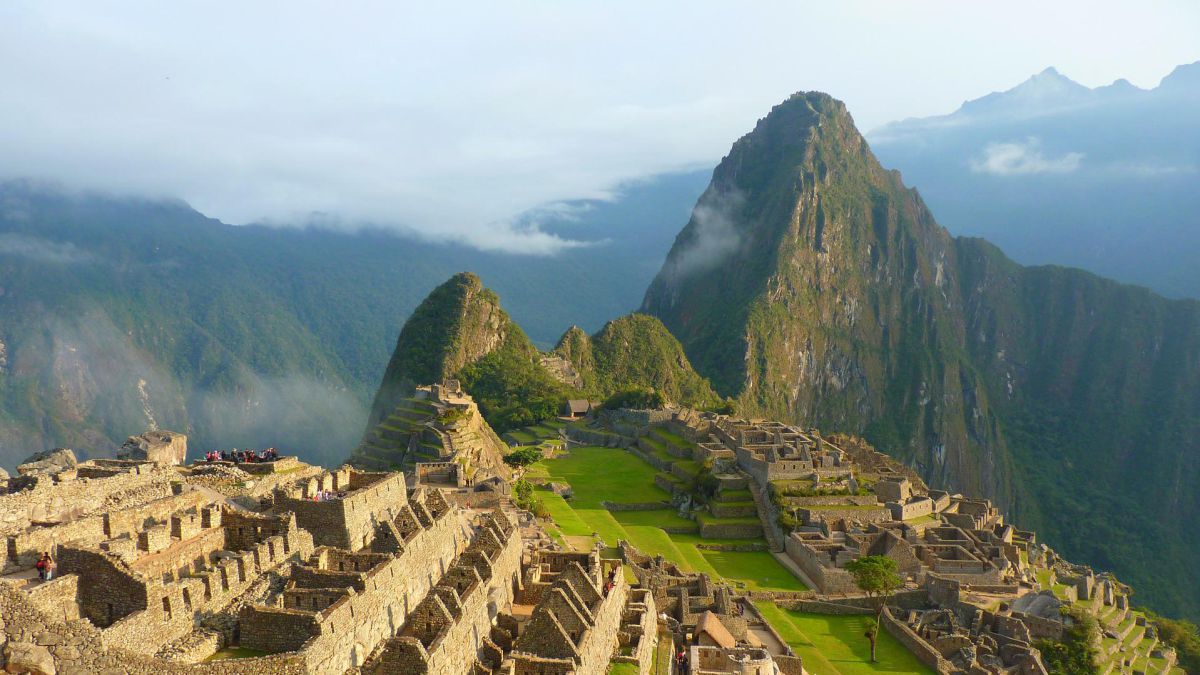The Inca citadel of Macchu Picchuone of the best-known archaeological sites in the world and considered both one of the seven wonders of the modern world and a UNESCO World Heritage Site, could have a completely different name who is known today.
It all comes from research published in the scientific journal ‘Ñawpa Pacha: Journal of Andean Archeology‘, led by the Peruvian historian Donato Amado Gonzalesthe Ministry of Culture of Peru (Cusco), and the American archaeologist Brian S. Bauerprofessor of anthropology at the University of Illinois Chicago (UIC), which obtained the possible name by which this citadel located in the Peruvian Andes was really known.
An investigation that comes one hundred years after the first visit of the American explorer and politician, Hiram Bingham, and of different archives that prove the possible real name, such as the Bingham’s notes during your visit to the complex, early 20th century maps region of, and other historical documents of the 17th century. The name of Machu Picchu was associated with the ruins in the year 1911 from Bingham’s publications.
However, based on data obtained from the aforementioned documents and archives, the authors suggest that less was known about the site than previously thought, and that none of the sources used in the investigation cited the name of Machu Picchu as the real name of the place.
Huayna Picchu, by the nearest rocky summit
The investigators assured that, based on the files, the real name of the place is Huayna Picchu. A denomination that is due to the rocky summit closest to the place, and not like Machu Picchu, which is the name of the highest mountain located near the ancient city. This was mentioned by the anthropologist Bauer.
“We started with the uncertainty of the name of the ruins when Bingham first visited them and then went through various printed maps and atlases prior to Bingham’s visit to the ruins,” said Bauer, a UIC professor of anthropology. “There is significant data that suggests that the Inca city was actually called Picchu or more likely, Huayna Picchu”.
One of the evidences of this denomination that the researchers themselves argue is due to the finding of the term itself in a atlas published in 1904five years before Bingham’s arrival in the Peruvian country.
Mahu Picchu, Peru’s main tourist attraction
The ancient Inca city was built in the mid-15th century, where the remains of a sanctuary are located. The name of Macchu Picchu means old mountain, and refers to the place where it is located. It is located at one height of about 2453 meters above sea level, and is one of the main tourist attractions in Peru. In the year 2021, almost half a million tourists visited the Inca citadel.














